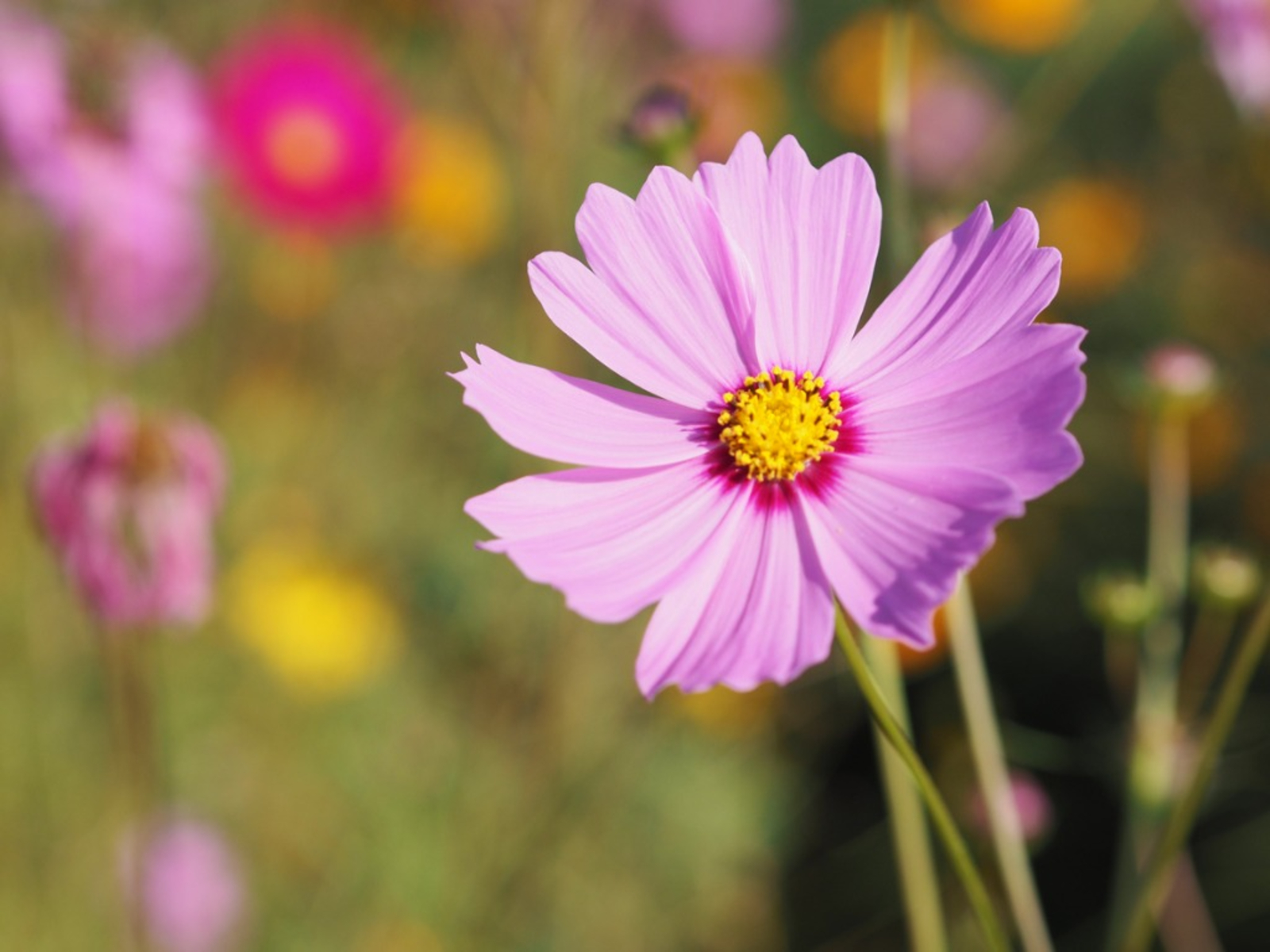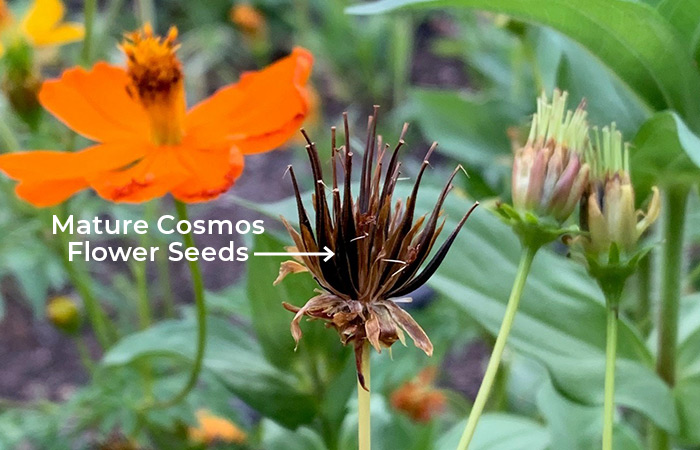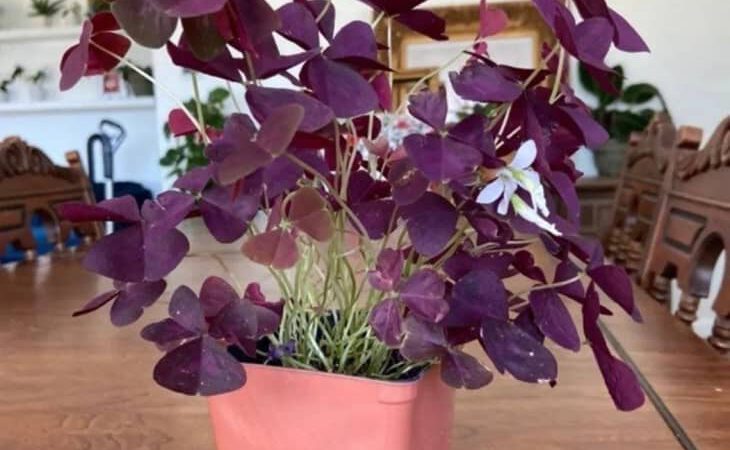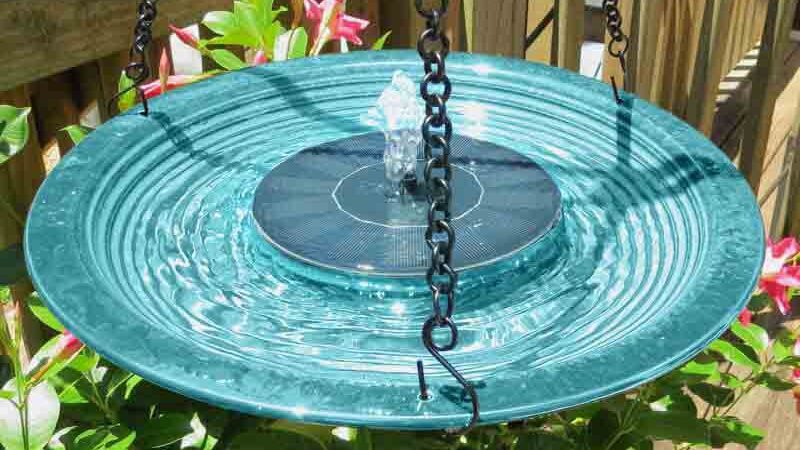How To Grow Cosmos
Cosmos are annual plants that grow beautiful flowers in the garden. They come in many different colors and will flower profusely until frost. Growing cosmos from seeds is super easy because they can survive even in poor soil conditions.
Cosmos are grown as annuals or biennials throughout most of North America. However, they are considered perennials in USDA Plant Hardiness Zones 9 and warmer.
Cosmos grown as perennials usually live about 3-4 years, but annual cosmos may only live a year or two before they need to be replanted.
Cosmos flowers are one of the easiest to grow in your garden. They require little sunlight, water, and pruning to thrive. They are a colorful addition to any garden and make great cut flowers for indoor arrangements for those looking for some green home décor
So you need to learn how to grow cosmos in your garden? Read this article.
How to Grow Cosmos
To grow cosmos, start by selecting the plants you want to grow. Cosmos plants are often available as seedlings at your local garden center or they can also be purchased online.

Image caption: https://www.gardeningknowhow.com/
Growing cosmos involves a lot of work, including planting, caring for them, and storing your plants after harvesting. These plants also come in different varieties, so you can choose between different heights, colors, and blooming times.
When Is the Right Time for Planting Cosmos?
The best time to plant cosmos is typically in early spring after the risk of the last frost has passed. However, you can also plant them in late summer and expect to have flowers from September until the first frost.
The right time to plant cosmo seeds is in early spring when the soil temperature has reached at least 65 degrees Fahrenheit. The warm temperatures will help your plants grow quickly.
If you are planting late in the season, wait until mid-August to make sure there is enough time for your cosmos plants to grow.
Cosmos require full sun exposure and average soil conditions with proper drainage for optimal growth and to bloom more flowers. Since these plants are native to Central America they will do best if planted in soil with a pH level between 6.5 and 7.
How to Grow Cosmos from Seeds
To plant cosmos, start by selecting an area in the garden where you want to plant cosmos. Then prepare the soil by tilling it lightly so that it can be leveled out for planting. Mix some organic compost into the soil to make it more nutrient-rich. You can learnhow to make a compost bin at home to help grow your plants easily.

Image caption: https://images.ctfassets.net/
Cosmos grow in warm temperatures, especially when the seeds are first planted, so you should wait until after the last frost has passed or spring frost has passed before planting your cosmos seeds. If you live in an area with hot summers, the best time to plant these flowers will be early fall.
How to Prepare the Garden to Grow Cosmos
Choose a planting location in full sun exposure and add 3 inches of compost to the soil. Remove all weeds from the garden bed. Dispose of them by adding them into your compost or discard them in the trash instead of leaving them on your soil.
Till the ingredients into the topsoil with a garden rake, smooth out the surface, and water the area to create a moist environment.
Remember, don’t overwork yourself too much because the cosmos doesn’t really need too much preparation. Poor soil that’s not too rich will still encourage foliage. As for the soil PH, can still tolerate most Ph. But it would still help if you test the soil Ph and ensure it’s alkaline, which is perfect for cosmos.
Preparing and Planting the Seeds
Once you have selected your cosmos plants, it is time to actually prepare your seeds for planting cosmos. Before planting your new seeds, soak them overnight in warm water to help speed up germination. Fill a pot or flat with seed starter mix or potting soil. Sprinkle the seeds evenly over the surface, about an inch apart from each other. Cover them with a small amount of additional seed starter mix or potting soil and pat it down with your hand so that all of the seeds are in firm contact with the soil.
You should put the seeds into a pot that is filled with moist compost or potting soil. If using dry compost, simply add water until it becomes moist. The next step will be to sprinkle some seed starting fertilizer over the top of the soil and mix it in lightly.
Once you have added the seed starting fertilizer, you will want to water the soil again until it is moist. Make sure that your seeds are covered with soil and place your pot in an area where it can receive sunlight.
Don’t worry, cosmos don’t require a lot of warmth when they are first planted. They germinate at about 60 degrees Fahrenheit, which is cool for most plants. However, they can tolerate extreme heat and cold weather.
How to Care for Cosmos
Sunlight
Cosmos prefer a good five hours of direct sunlight every day. If you are concerned that your plant is not getting enough sunlight, either move them to a sunnier location or supplement by using grow lights.
Watering Cosmos Plants
In the spring and summer, they’ll need a lot of water to stay healthy and strong. Water your seeds daily to keep the soil moist, but not too wet or dry. You also want to be sure that you are providing adequate drainage by adding some sand into the potting soil before planting your seeds.
You should water your cosmos plants about once a week because overwatering can cause the roots to rot and die. If you choose to use tap water, let it sit overnight or use a de-chlorinator to remove any chlorine from the water before watering your flowers with it.
Once your cosmos start coming up, you should stop watering them daily. Instead, water your cosmos seeds 1-2 times per week to give the seedlings time to establish themselves.
Fertilizer
Don’t start fertilizing your young plants until they are about 6 inches tall. Then, you should only apply a small amount of fertilizer each month during the spring and early summer seasons when your plants are growing.
You can use a water-soluble fertilizer that is mixed at the ratio of 1/2 teaspoon per gallon to supply all of your cosmos flowers with nutrients. Don’t fertilize during the fall and winter months or you will encourage new growth right before the cold weather returns, which would leave your flower exposed to potential damage.
Pruning Cosmos Flowers
Cosmos are relatively easy to care for, so most people won’t have to prune their cosmos unless they are trying to encourage new growth. If you would like to speed up the blooming process, you can cut about an inch off of the main stem of your flower just after it is in full bloom.
Once the blooms have dropped off, you can then cut the plant down to just a few inches above the soil surface. This will hopefully encourage new side shoots and blooms to shoot up from your cosmos plant.
Harvesting and Storing Cosmos Seeds
After you’ve harvested your cosmos plants, let them fully dry out before you remove them from the plant. The stems should be brown and brittle. Shake the seeds off of the dried cosmos flowers into a paper bag or envelope.
Label your envelope with the name of the flower, the year it was harvested, garden zone, type of seed (i.e.: hybrid, open-pollinated), and any other special notes. Store the envelope in a cool, dry place until next spring.
Cosmos Problem Solving
Cosmos Flower Issues
If your cosmos flowers do not produce any blooms or only give you fewer flowers, then they may be getting too much water. Like other plants, Cosmos don’t like too much water. This can prevent the growth of the flower buds and instead promote rot and disease in the plant. Your cosmos can develop root rot if you are watering them daily, especially if their roots do not have enough air circulation.
You can also create a water diversion system to prevent overwatering and buildup of fungus and mildew. This will help eliminate these problems and make it easier for you to care for your cosmos flowers.
Cosmos Diseases – Fungal and Bacterial Problems
Your cosmos may be suffering from root rot or fungal disease if their leaves turn yellow and fall off early in the season. This can often be caused by water-logged soil that prevents the plant from receiving the oxygen it needs to absorb nutrients and develop healthy roots.
Cosmos flowers can also get powdery mildew if they are not getting enough sunlight or airflow around their leaves, which will cause them to become moist. This moist environment is perfect for fungus to develop, so be sure your plant has plenty of sunlight and airflow.
FAQs on How to Grow Cosmos
Do cosmos come back every year?
Yes, most cosmos flowers will come back and flower each spring as long as their conditions remain favorable. The plants must have enough time to complete their entire life cycle before it freezes in the winter.
How do I save cosmos seeds?
You can store your cosmos seeds indoors over the winter, or you can plant them right away and let nature take its course. If you choose to store your seeds indoors, be sure they are completely dry and label your envelope before placing it in a cool, dry storage area.
What do you do with an old cosmos?
If your old cosmos have stopped flowering, you can cut the plant down to about 8 inches from the ground and new shoots should emerge from the plant’s crown in a few weeks. Once the new shoots have reached about 8 inches, you can cut flower them back to encourage more branching.
How do you prevent small flowers?
Keep your cosmos plants moist and fertilize 1-2 times a month during the summer months with a balanced fertilizer to encourage healthy growth. Don’t fertilize in the fall or winter when their growth cycle is slowing down for winter. Also, consider giving your cosmos a “haircut” in late spring after blooming to encourage fresh new growth.
Final Thoughts on How to Grow Cosmos
Growing cosmos flowers can be a very rewarding and enjoyable experience. It is one flower that will never fail to impress you with its vibrant colors and bold, unique blooms that light up your garden or patio area.
Once you’ve mastered how to grow cosmos flowers, then you may want to consider growing some of their other cosmos varieties such as Cosmos sulphureus, Cosmos bipinnatus, Cosmos “Kimigayo”, and Cosmos atrosanguineus.
The post How To Grow Cosmos appeared first on Kitchen Infinity.
Did you miss our previous article…
https://www.ilovethelovekitchen.com/?p=170





